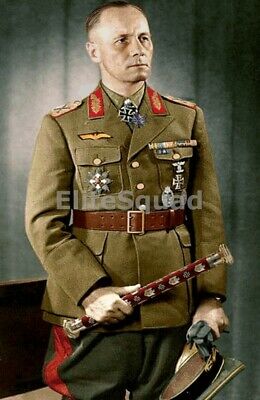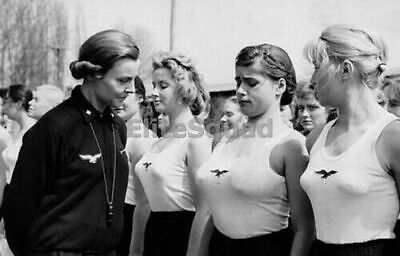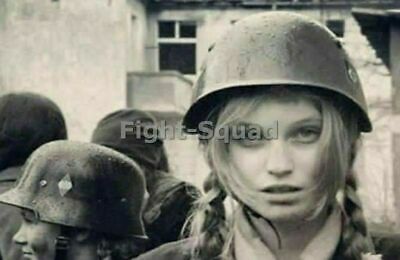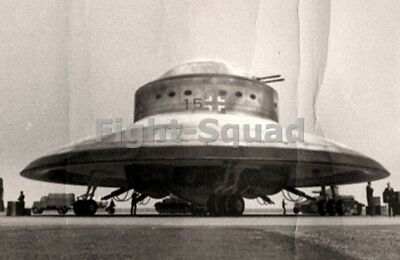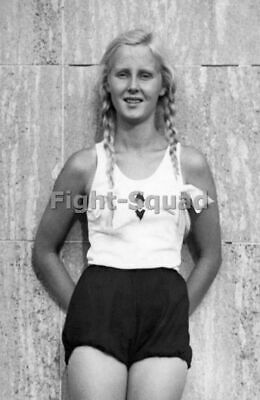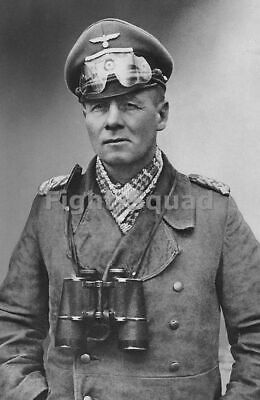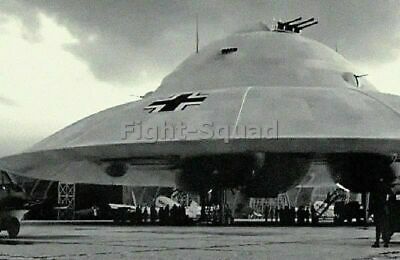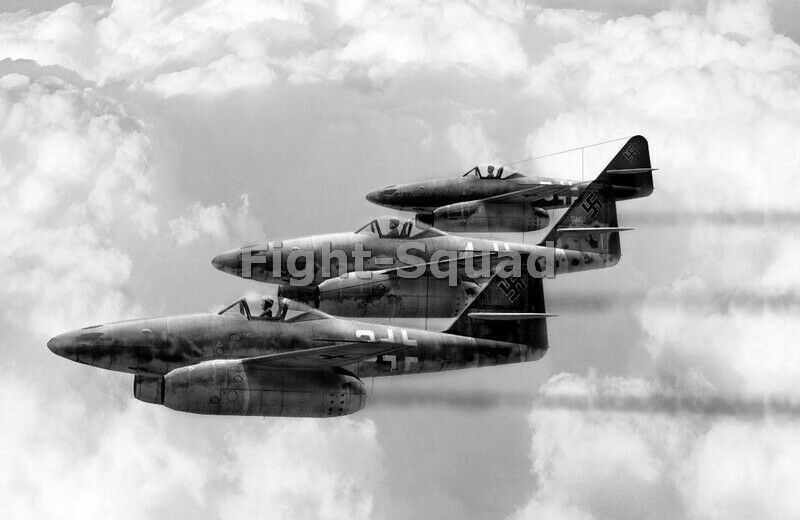-40%
German VICTORIA V99 Pedal Start Motorbike Motorcycle Motarrad 1938 WWII RAD
$ 29.04
- Description
- Size Guide
Description
ORIGINAL ANTIQUE WWII PHOTO GERMANYGERMAN VICTORIA V99 1938 PEDAL START MOTORBIKE MOTORCYCLE MOTARRAD
GERMAN MILITARY Reichsarbeitsdienst REICH LABOR SERVICE RAD - WWII 1939
photo condition: excellent
photo dimensions: 4" x 2.75" ( 10 cm x 7 cm )
VICTORIA founded in 1886, built bicycles and began motorcycle manufacture in Nürnberg in 1901, many fitted with Fafnir engines.
The first Victoria model that became popular was presented in 1921 and had a BMW 494cc twin cylinder SV fore-and-aft flat-twin engine with 6.5 HP, later increased to 8.5 HP.
Other models used a variety of engines, including the Columbus and the Belgian FN.
In 1923 Victoria switched to OHV HO 497cc flat-twins of their own design, later increased to 597cc. These were developed by former BMW designer Martin Stolle.
1925 was the year when Victoria added a Rootes blower to the engine which experienced track success, and Adolf Brudes rode one at an average speed of 166 kilometers per hour (103 mph) in 1926. These bikes were successful only in short distance races due to overheating problems with the rear cylinder.
Some models with Sturmey-Archer engines (built by Horex-Columbus) were added in 1928. The
Victoria flat twin engine was improved, and the 1930 KR VI model already had aluminium alloy pistons, enclosed valve train and a three-speed transmission with foot operated gear change. The thirties saw the introduction of many new models with Sachs, ILO and Victoria twostroke engines with capacities of 98cc to 248cc. The model with the Horex-Columbus 346cc single became the bestseller.
The KR 8 and KR 9 models had a new inline twin of 498cc.
In the early 1930s they presented a unique machine which was quite advanced for the day, featuring a totally enclosed body which afforded protection to the rider in inclement weather and protected the mechanicals of the bike from damage from road debris, a common problem in those days. It was powered by a 500-cc 4-stroke twin.
This motorcycle was entered in a competition for a military contract. The main reason it lost to the competition (BMW and Zundapp were co-winners) was its small petrol tank which allowed only a fairly limited range.
There is evidence to suggest that the bike was inspired by a much earlier Mars motorcycle, the futuristic "White Mars" of 1921, a behemoth with a 1000-cc Maybach engine of boxer configuration and a frame of pressed steel.
In 1934 Victoria introduced a three-wheel delivery van (Dreirad-Eillieferwagen) powered by a 175cc fan-cooled two-stroke mounted below the cabin in front of the left rear wheel. It had a payload of 250kg and a top speed of 45 km/h. It was not widely acclaimed for its beauty.
During World War II, Victoria supplied the German military with medium-capacity four-stroke machines.
In April 1945 the Victoria works were almost totally destroyed. In 1947 the reconstruction of the bombed out factory commenced and soon the production lines were again humming. The initial production consisted of upgraded pre-war models.


